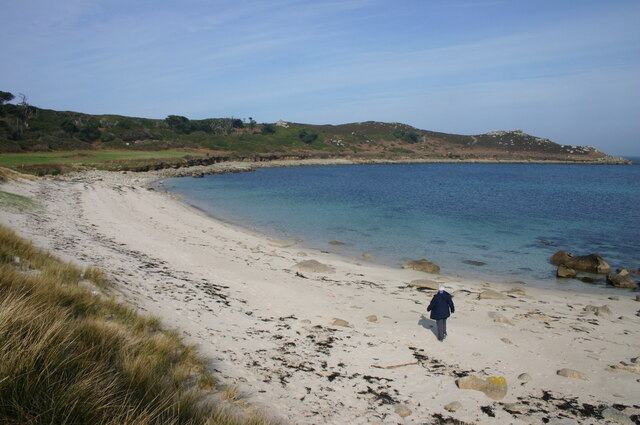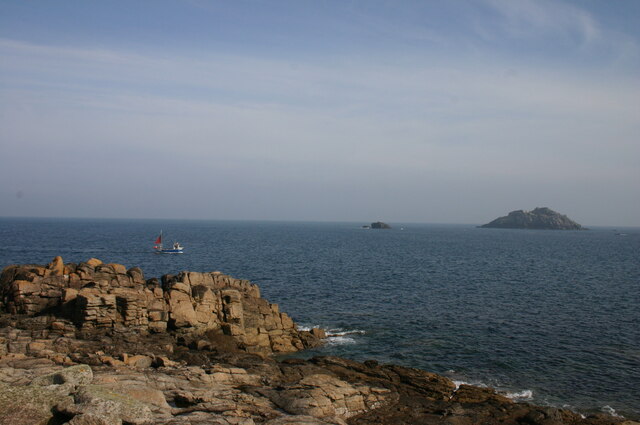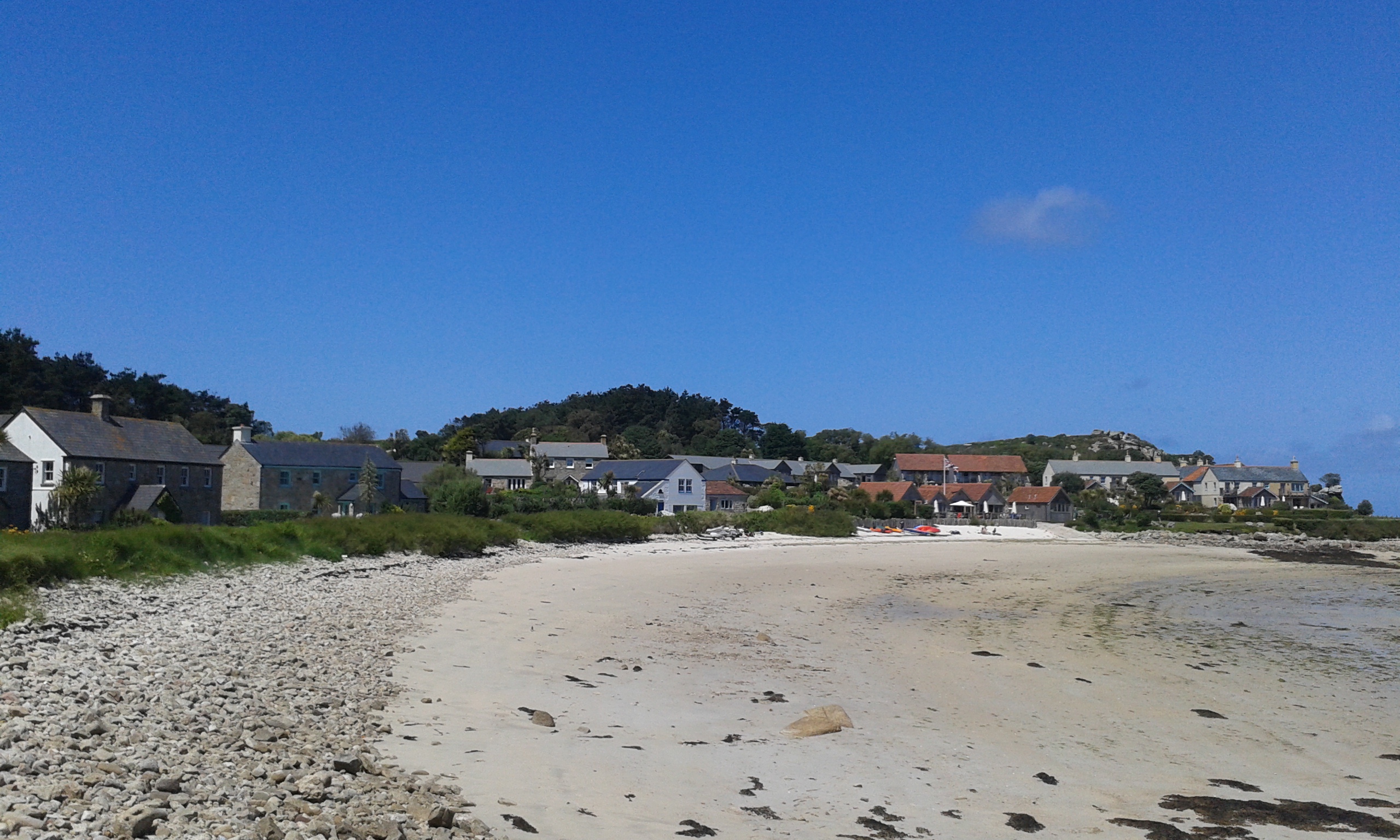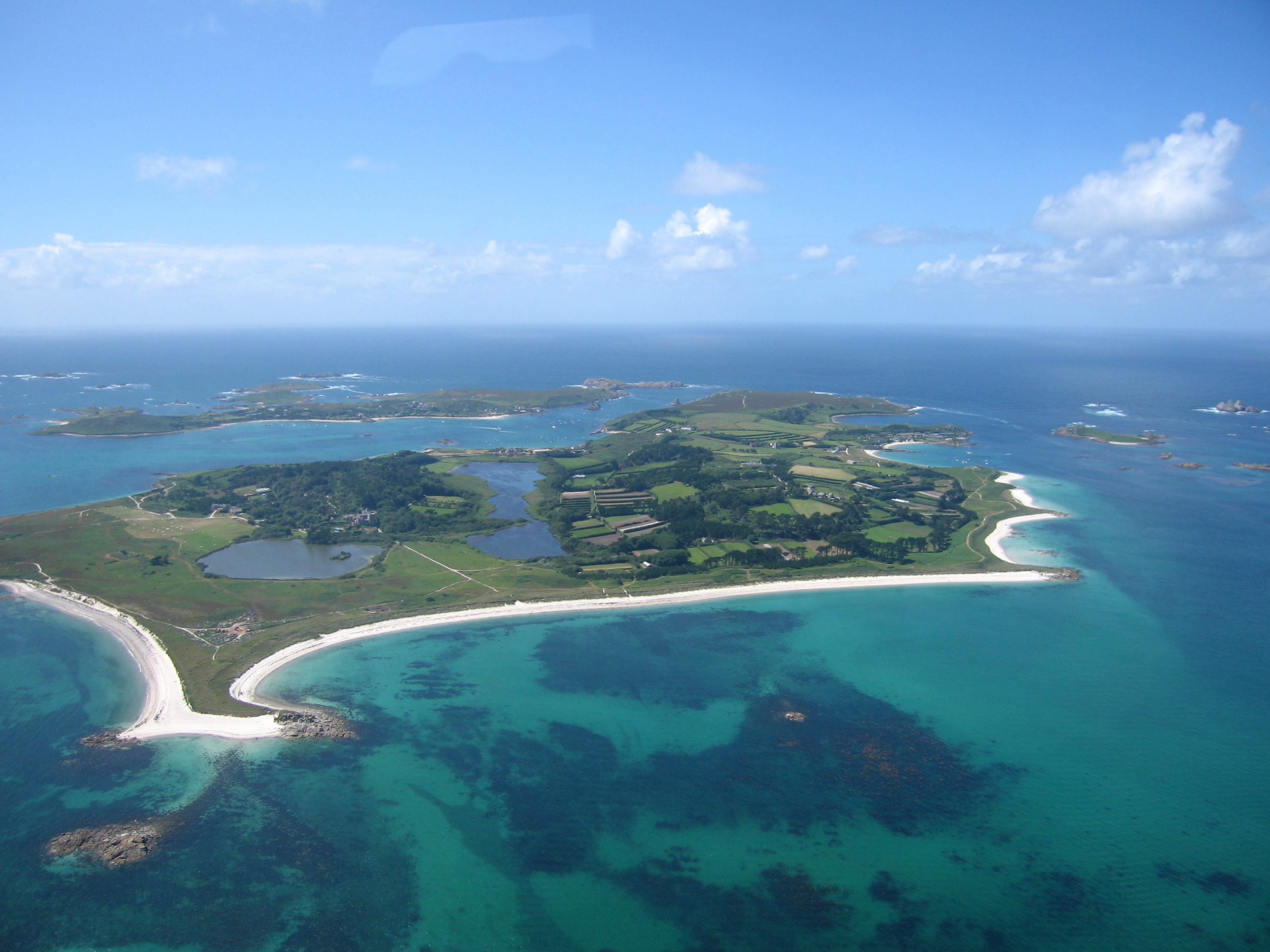Raven's Porth
Bay in Cornwall
England
Raven's Porth

Raven's Porth is a picturesque bay located on the north coast of Cornwall, England. Situated between the popular towns of Newquay and St. Ives, it offers visitors a tranquil and unspoiled coastal experience. The bay is known for its rugged cliffs, golden sandy beach, and crystal-clear turquoise waters, making it a haven for outdoor enthusiasts and beach lovers alike.
The beach at Raven's Porth stretches for approximately half a mile and is framed by towering cliffs on either side, providing a dramatic backdrop. At low tide, a series of rock pools are revealed, teeming with fascinating marine life, which can be explored by curious visitors. The beach is also home to a variety of seabirds, including ravens, which gave the bay its name.
The bay is relatively secluded and less crowded compared to other popular tourist destinations in Cornwall, making it an ideal spot for those seeking peace and solitude. It is a popular destination for swimming, sunbathing, and picnicking, with ample space for visitors to spread out and enjoy their day. The beach is also a favorite among surfers, as it offers consistent waves that cater to all skill levels.
Access to Raven's Porth is via a steep and winding path down the cliffs, which adds to its charm and seclusion. The lack of facilities such as shops and restaurants further enhances its natural beauty and unspoiled appeal. Visitors are advised to bring their own supplies and take care when navigating the path.
Overall, Raven's Porth is a hidden gem along the Cornish coastline, offering visitors a chance to escape the crowds and immerse themselves in the beauty of nature.
If you have any feedback on the listing, please let us know in the comments section below.
Raven's Porth Images
Images are sourced within 2km of 49.960962/-6.3314118 or Grid Reference SV8915. Thanks to Geograph Open Source API. All images are credited.













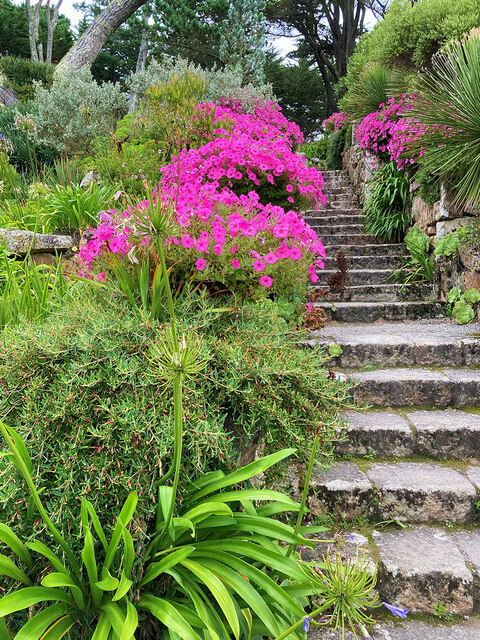
Raven's Porth is located at Grid Ref: SV8915 (Lat: 49.960962, Lng: -6.3314118)
Division: Isles of Scilly
Unitary Authority: Isles of Scilly
Police Authority: Devon and Cornwall
What 3 Words
///roughest.hopes.width. Near Tresco, Isles of Scilly
Nearby Locations
Related Wikis
Old Grimsby
Old Grimsby (Cornish: Enysgrymm Goth) is a coastal settlement on the island of Tresco in the Isles of Scilly, England. It is located on the east side of...
Old Blockhouse
The Old Blockhouse, also known as the Dover Fort, is a 16th-century fortification on the island of Tresco in the Isles of Scilly. It was built between...
St Nicholas's Church, Tresco
St Nicholas's Church, Tresco, is a parish church in the Church of England located in Tresco, Isles of Scilly, UK. == History == Originally two old cottages...
Tresco, Isles of Scilly
Tresco (Cornish: Enys Skaw, lit. 'island of elder-trees') is the second-biggest island of the Isles of Scilly. It is 297 ha (1.15 sq mi) in area, measuring...
Nearby Amenities
Located within 500m of 49.960962,-6.3314118Have you been to Raven's Porth?
Leave your review of Raven's Porth below (or comments, questions and feedback).
